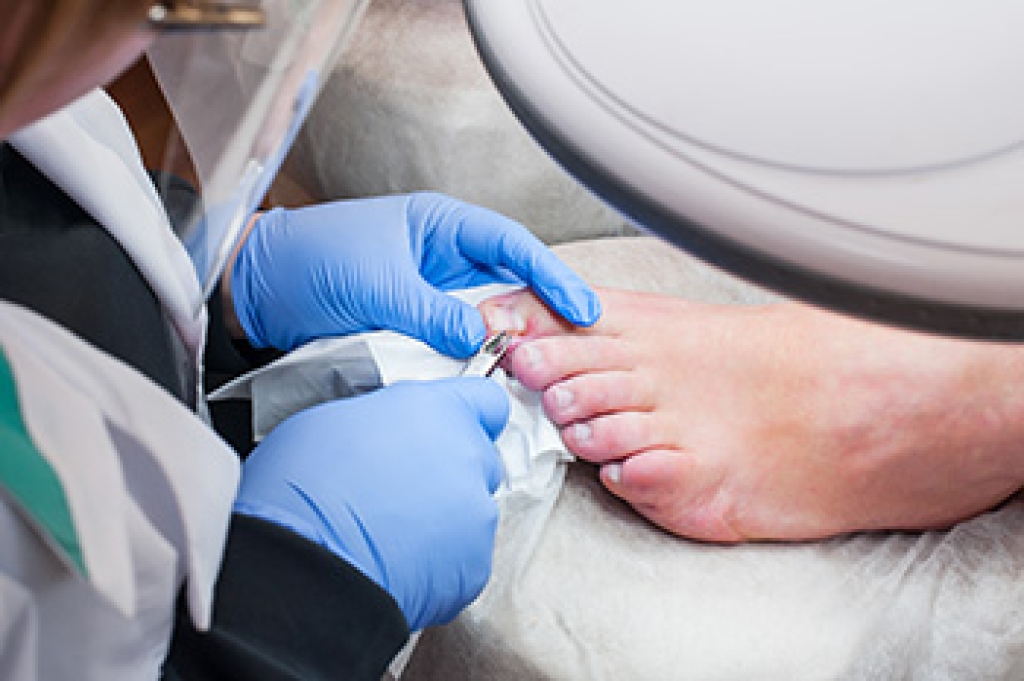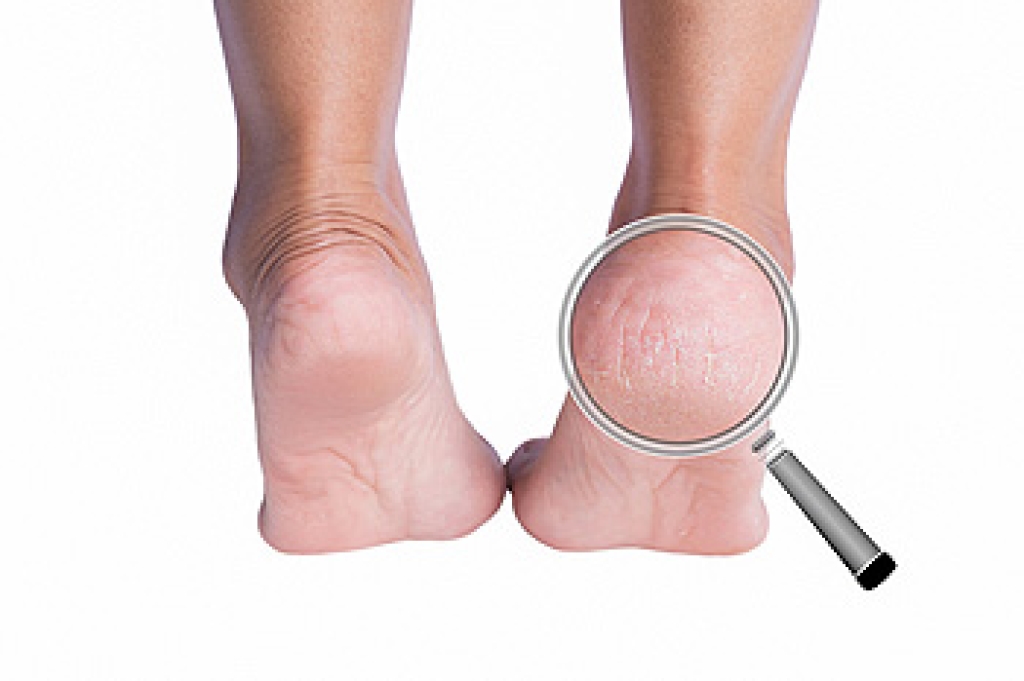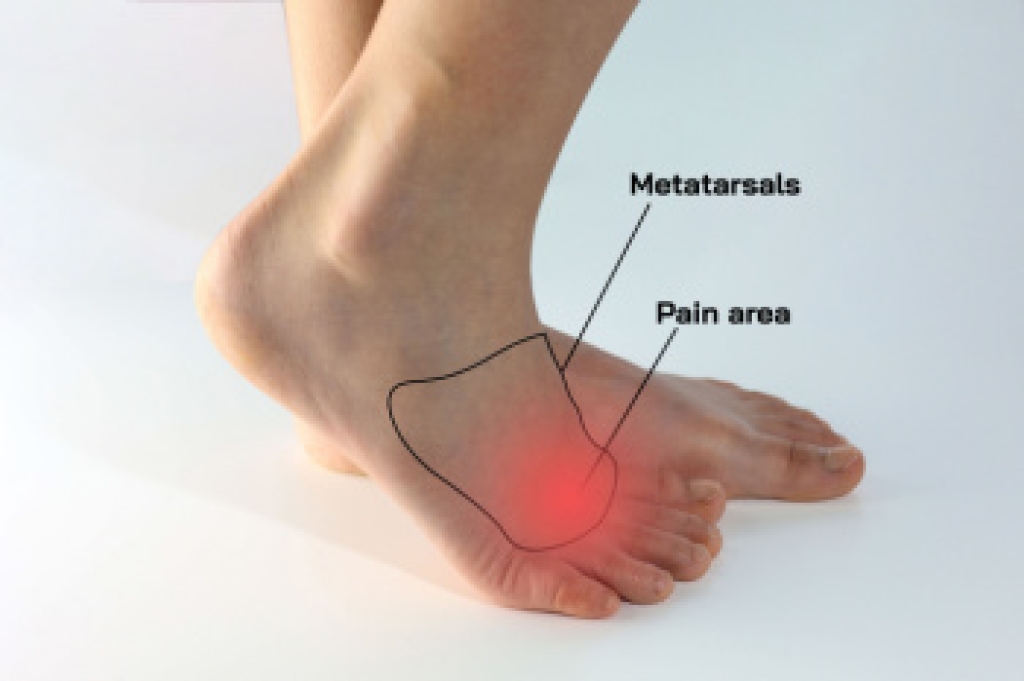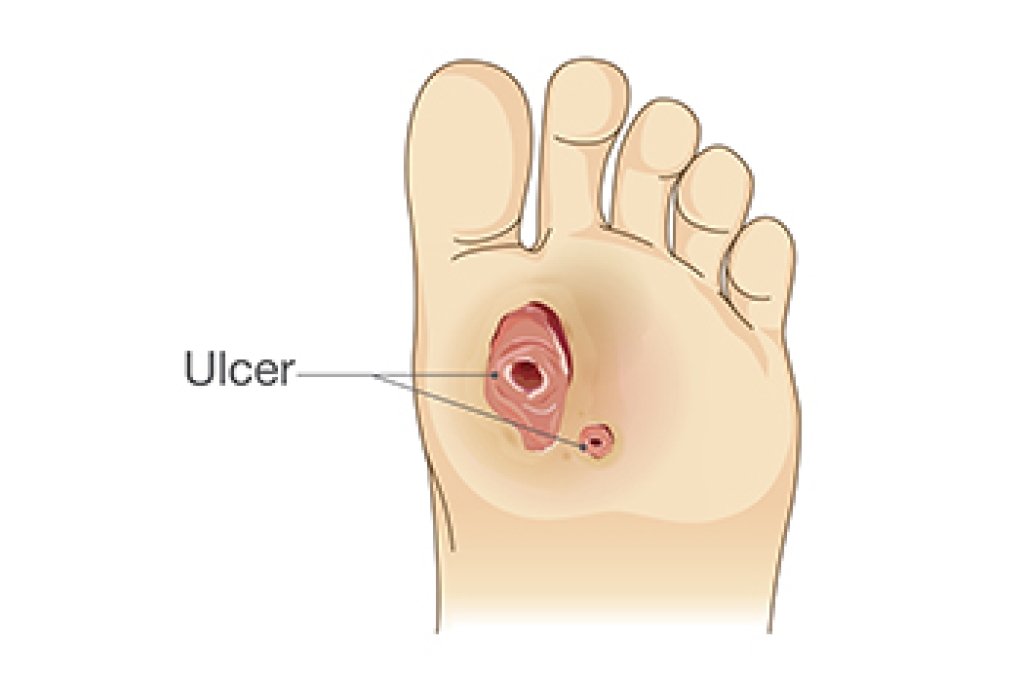
An ingrown toenail occurs when the edge of a toenail grows into the surrounding skin, leading to pain, redness, and swelling. This often affects the big toe and may result from improper nail trimming, wearing tight footwear, or toe injuries. People with naturally curved nails are more likely to experience ingrown toenails. If left untreated, an ingrown toenail can worsen, potentially leading to an infection that increases pain and interferes with daily activities. A podiatrist can assess the severity of the ingrown toenail and determine the most effective treatment. In some cases, the podiatrist may trim the ingrown portion of the nail, while more severe cases may require surgery to remove part of the nail and prevent regrowth in that area. Wearing shoes that fit properly and trimming toenails straight across can help reduce the risk of recurrence. If you have developed an ingrown toenail that shows signs of infection, it is suggested that you schedule an immediate appointment with a podiatrist for an exam, diagnosis, and treatment options.
Ingrown toenails can become painful if they are not treated properly. For more information about ingrown toenails, contact Paul Potach, DPM of Illinois . Our practitioner can provide the care you need to keep you pain-free and on your feet.
Ingrown Toenails
Ingrown toenails occur when a toenail grows sideways into the bed of the nail, causing pain, swelling, and possibly infection.
Causes
- Bacterial infections
- Improper nail cutting such as cutting it too short or not straight across
- Trauma to the toe, such as stubbing, which causes the nail to grow back irregularly
- Ill-fitting shoes that bunch the toes too close together
- Genetic predisposition
Prevention
Because ingrown toenails are not something found outside of shoe-wearing cultures, going barefoot as often as possible will decrease the likeliness of developing ingrown toenails. Wearing proper fitting shoes and using proper cutting techniques will also help decrease your risk of developing ingrown toenails.
Treatment
Ingrown toenails are a very treatable foot condition. In minor cases, soaking the affected area in salt or antibacterial soaps will not only help with the ingrown nail itself, but also help prevent any infections from occurring. In more severe cases, surgery is an option. In either case, speaking to your podiatrist about this condition will help you get a better understanding of specific treatment options that are right for you.
If you have any questions, please feel free to contact our offices located in Wheeling and Berwyn, IL . We offer the newest diagnostic and treatment technologies for all your foot care needs.





